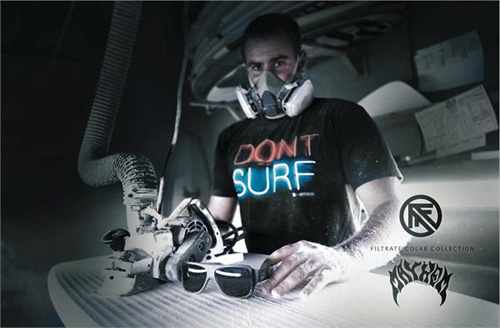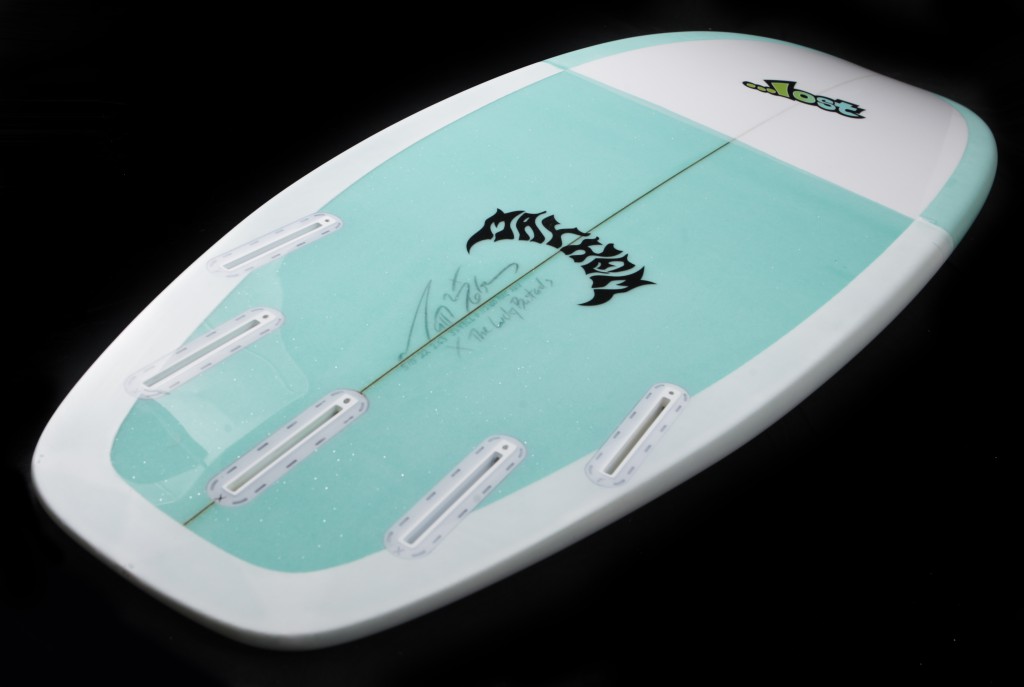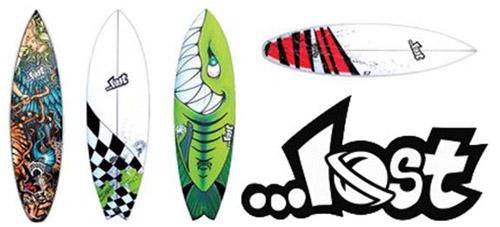MATT BIOLOS: 10 TIPS TO BETTER UNDERSTAND SURFBOARDSMONDAY 06, APRIL 2020

LATIN SURFINGThe first surfing community in Latin America
By Matt “Mayhem” Biolos, founder of Lost Surfboards. Translated by Rodrigo Caballero – Wetworks Southamerica.
1) Boards with a straight rocker paddle faster. And paddling is 50% of the game. If you can’t catch waves, you can’t surf. Even if you’re surfing 2-foot blown peaks with three friends, you’re going to have to compete to catch waves. And, you thought it was quite a thick topic, right? It is not; It’s about how the bottom of the board moves through the water.
2) Volume is your friend. You can have a really thick board, but if you put a vee bottom on it it will neutralize it, while a board of medium thickness but with a concave will surf flat like a piece of wood.
3) Tail shapes don’t matter as much as you think. If the area that enters the queue is the same, a square, squash, diamond or swallow will behave in a very similar way. Round or pin tails reduce the rail line, therefore they will give you better grip and shorten the radius of the turns.

4) I don’t buy the back-foot front-foot surfer thing. We all surf from the back foot. You can be a weak backfoot surfer or a strong backfoot surfer. You hit it hard or not. You are Taylor Knox, a skinny kid.
5) Look at the outline of your board. Straight lines make the board go fast. Curved lines, they bend. Simple.
6) The straighter the rocker, the further back you have to stand and boards with a continuous rocker have a larger sweet spot. Anyway, and this is a big one anyway, a board with more drive is going to help you pick up speed more easily. But it’s going to be harder for you to turn when you need to.
7) Adjust the curve of the board to the curve of the wave. This is for the average surfer. Everything goes out the window with the pros; they can do anything. I travel with a curvy board for the Gold Coast and Sydney shorebreaks. And flatter boards for big points or blown waves. A flat board is not going to work for you when you want to stop quickly and bottom turn in one quick movement. And when you stop, the only thing you will be able to do are parallel floaters.

8) There is a magic number called cubic volume. It is up to us, the shapers, to educate people, and it is information that is available today on our shaping machines. Let me explain you. One of my team riders, Shea Lopez, was making fun of how big my boards are. We were at Trestles, two fat cocktails in hand, when he grabbed one of my boards and said, “Take a bloody look at this boat!” And I told him: “Well, I’m fat, I’m 40 years old, but you know what, damn? I bet you my weight volume equation is not far from yours. I’m 30% heavier than you and probably have 30% more volume. The difference is, I am a desk jockey and you are a professional athlete.” If we know our ideal volume, all other dimensions could be left to the shaper. Instead of telling the shaper: I ride a 6’1” x 18 5/8” x 2 5/16, you would just have to say: I’m a 42, make me a board for small waves. This requires a degree of trust in your shaper. Which brings me to…
9) There are two types of shapers you can trust. One is the local shaper who knows the conditions and probably knows how you surf. That’s a certain kind of trust. There is also the trust you have in an international shaper. You trust Al Merrick because he consistently makes very good boards for very good surfers and for the global market. If you live in Santa Barbara, where Al lives, you’re going to get local and international knowledge from him. If you live on the Gold Coast, you’ll get both from Darren Handley and Jason Stevenson. If you live in Sydney, you’ll also get both from James Cheal (Chilli). If you live in San Clemente you have Timmy Patterson and me. But if you live, say, in Adelaide, you would have to try to balance and see what suits you best between local and global knowledge.
10) Balance on a surfboard is everything and shapers walk a tightrope every time they shape you a custom board. If you want a board with a lot of rocker, your shaper has to build everything around that pronounced rocker to balance the board. If an element is extreme, the rest of the elements that make up the table must act as a counterweight to neutralize it. Greg Webber was a genius at this stuff. Everything is balance.
